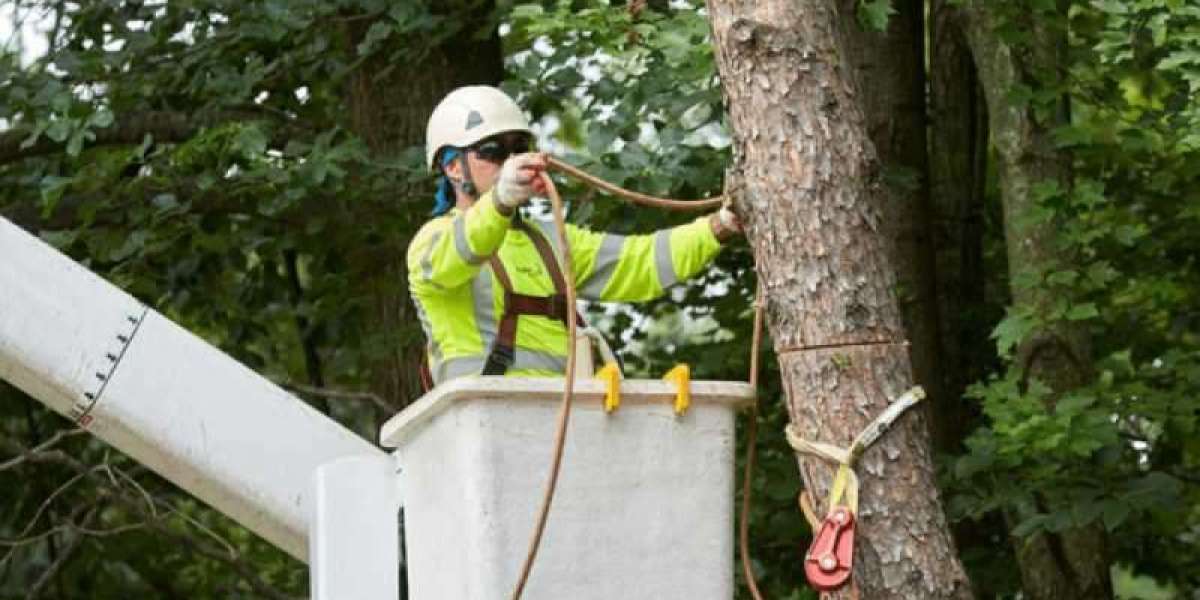Trees are a beautiful part of any landscape—but sometimes, they need to go. Whether it's due to disease, storm damage, safety concerns, or space requirements, tree removal is a critical service that must be done professionally to avoid unnecessary risks and damage.
What Is Tree Removal?
Tree removal is the complete takedown and disposal of a tree from your property. It often involves using climbing gear, chainsaws, cranes, or other heavy machinery depending on the size and location of the tree. After the tree is taken down, you can also opt for stump grinding to completely eliminate the tree's base.
When Is Tree Removal Necessary?
Here are common signs that a tree needs to be removed:
? The tree is dead or dying
? There's visible fungus or decay at the base
? It's leaning dangerously or has storm damage
? It's too close to your house, fence, or driveway
? It poses a fire hazard in dry climates
? It interferes with sewer lines, driveways, or construction
? It’s infested with pests like termites or carpenter ants
Removing a tree at the right time can prevent property damage, injuries, or liability issues.
Benefits of Professional Tree Removal
✅ Improves Safety – Prevents branches or trunks from falling unexpectedly
✅ Enhances Curb Appeal – Clears space and opens up views
✅ Stops the Spread of Disease – Prevents infection from spreading to nearby trees
✅ Makes Room for Landscaping – Prepares your yard for new projects or healthier growth
✅ Reduces Pest Problems – Dead trees attract insects, rodents, and mold
DIY vs. Professional Tree Removal
While some homeowners might be tempted to remove small trees themselves, larger trees or ones near buildings should always be handled by certified arborists. They have:
Proper climbing gear and equipment
Knowledge of tree structure and balance
Insurance in case of accidental damage
Experience navigating tight, risky spaces
Tree removal is not a weekend project—it’s dangerous work. Hiring professionals keeps everyone safe and ensures the job is done correctly.
What Happens During Tree Removal?
Assessment – The crew evaluates the tree and surrounding area.
Preparation – Safety zones are established; obstacles are moved.
Cutting Process – The tree is carefully taken down in sections.
Cleanup – All branches, trunks, and debris are hauled away.
Optional Stump Grinding – The stump is ground down if requested.
The entire process can take a few hours to a full day, depending on the size and complexity.
Cost of Tree Removal
Tree removal pricing depends on several factors:
Size and height of the tree
Location and accessibility
Tree species and condition
Proximity to buildings or power lines
Emergency vs. scheduled removal
On average, costs can range from $150 to $1,500+, with large or complex removals costing more. Always ask for a free quote before starting work.
Emergency Tree Removal
Storms and high winds can knock down trees quickly—and without warning. If a tree has fallen on your home, driveway, or utility line, you’ll need emergency tree removal services. These teams are available 24/7 and are trained to respond fast and safely in dangerous conditions.
Eco-Friendly Disposal
Many professional companies will recycle wood debris, turning it into mulch, firewood, or compost. Ask your tree service provider about sustainable options if you’re environmentally conscious.
After Tree Removal: What's Next?
Stump Removal – Should you leave it or grind it down?
Replanting – Consider replacing the tree with a healthier, more suitable species.
Landscape Design – Use the cleared space for a garden, patio, or lawn expansion.
Conclusion
Tree removal may seem like a drastic measure—but when done correctly, it can greatly enhance the safety, health, and beauty of your property. Whether you’re dealing with a dead tree, planning for new construction, or facing an emergency, professional tree removal services provide the peace of mind and expertise you need.



